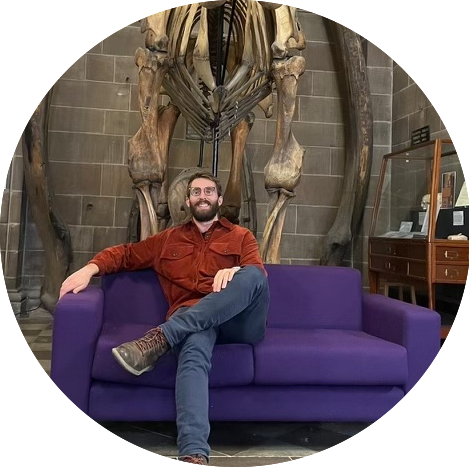
Dugald Stewart Building
Edinburgh, EH8 9AD
United Kingdom
CV

Dugald Stewart Building
Edinburgh, EH8 9AD
United Kingdom
CV
Hello and welcome to my website.
I am a Lecturer in Phonetics ( = Assistant Prof.) at The University of Edinburgh.
I'm also an affiliated researcher at the
Hanyang Instiute for Phonetics and Cognitive Science of Language.
I was previously a postdoctoral fellow at Northwestern University in
the Prosody and Speech Dynamics Lab. I received my PhD in Linguistics from UCLA. [dissertation here]
My research deals with representations and processes in speech perception, prosody, intonation, and (primarily acoustic) phonetics. A lot of my research examines how prosody influences spoken language processing, especially in the uptake of segmental information. Check out the vita tab for a full list of publications and presentations.
If you are interested in pursuing a PhD with me as a supervisor, see here for more details. Prospective students are encouraged to get in touch in September to discuss their proposals.